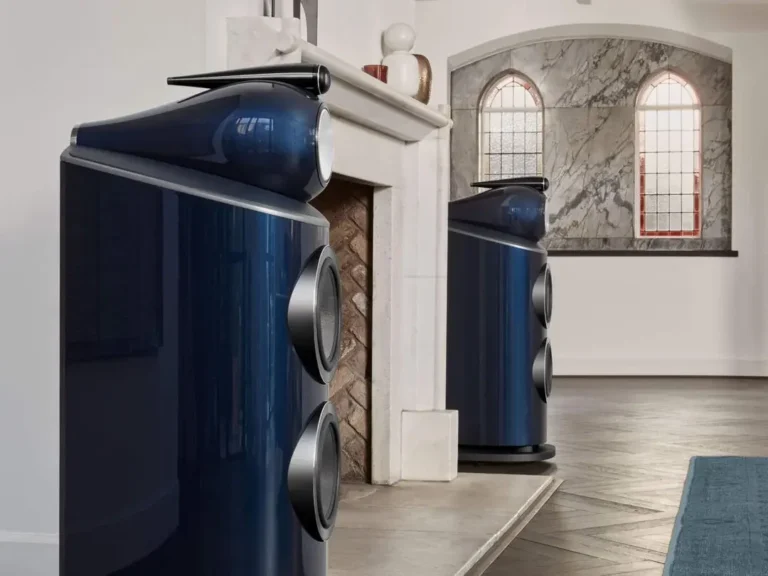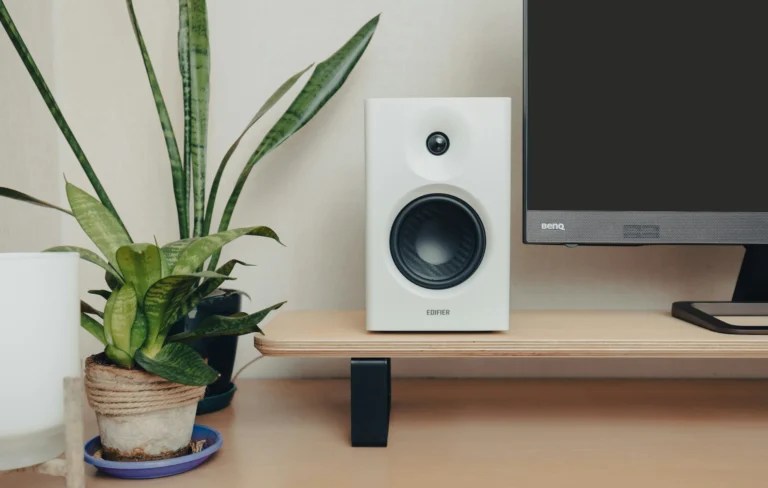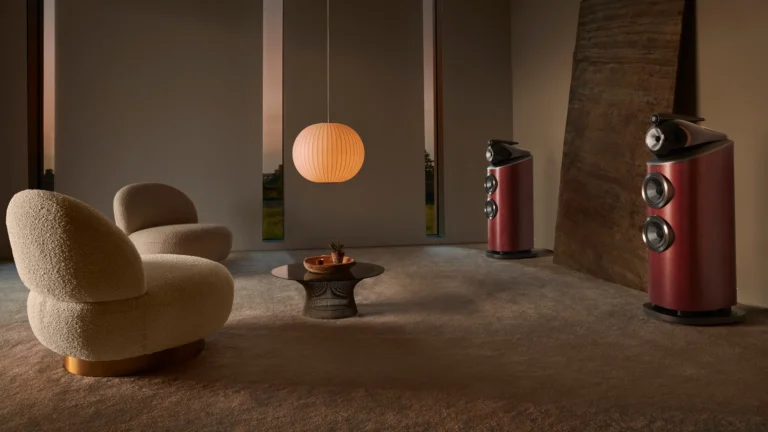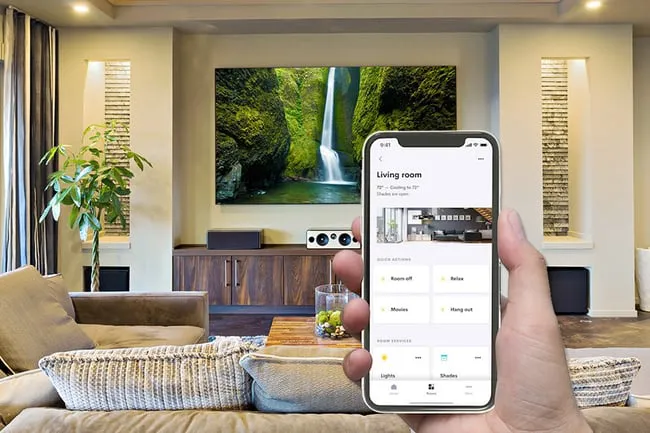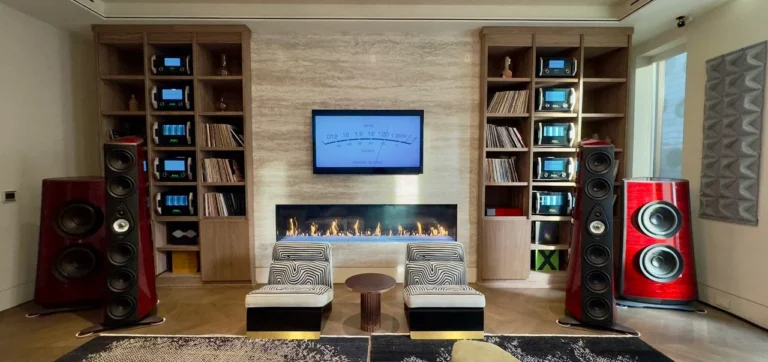How to Build a Best Budget Home Theater Room Setup in 2024
Table of Contents
A Budget Home Theater Room is a dedicated space designed in your house to reproduce the cinematic experience better than a cinema hall, which nowadays is called a multiplex. It’s not only for watching Movies or music concerts using a Disc in a Blu-ray player. You can connect many gadgets like Tata Sky, Apple TV, PlayStation 5, and more. So you can enjoy TV serials, cricket matches, and games with a big screen and surround sound effects in your house.

If you want to make a Budget Home Theater Room Setup, the first and most important thing to consider is a budget. As you asked, which highest price range surround sound systems are available? The answer will be in luxury home theater systems that are completely customized solutions as per user requirements and space. In short, the sky’s the limit. So first, let us know a ballpark figure you wish to spend. As per that, we will do our calculation and give suggestions.
Planning and Preparation for Budget Home Theater Room Setup
There are many elements required for the Budget Home Theater Room Setup, and we highlighted some.
- Speakers: As per room size, you should select speakers and subwoofers that are powered enough to cover the area of the home theater room.
- Amplifiers: Amplifiers such as AV receivers or power amplifiers should have sufficient power to run the speakers so you will get optimum effect on low volume.
- Display: With a big Display, TV, or Projector, the Home Theater system is complete. As per setting arrangement and viewing distance, one has to choose the right display size.
- Cables & Interconnections: Cables are the most important element in home theater. Their quality will affect virus components’ performance.
- Acoustics & Soundproofing: Room Acoustics absorbs the sound, and Soundproofing isolates the sound. Both help to enhance every small surround sound detail in Home Theatre.
Essential Components of a Budget Home Theater Setup
To make a Budget Home Theater Room or Media room, the first place has to be finalized in the house. The particular room should be large enough for the desired seating with suitable viewing distances to the screen. If the room is rectangular, that would be ideal. Expect the door. There should not be any opening in the room if there are windows that need to be sealed. A minimum of Nine feet of ceiling height is required for standard-size rooms. Make sure that the place doesn’t have any kind of water leakage. If there is, fix it in the best possible way.

Set a realistic budget for your home theater project is crucial for accomplishing a balance between quality and affordability. Consider the cost of audio and video equipment, seating, room acoustics, cabling, and any additional features you wish. Additionally, the cost of furniture and soundproofing treatments for optimal sound quality. It’s necessary to keep in mind installation costs and any professional assistance you might need. By creating a realistic budget, you ensure that your home theater meets your expectations.
Since 2005, the home theater industry technology has evolved rapidly after the introduction of HDMI, so when you are planning for a home theater system, it is better to make arrangements for future updates. Like keeping provisions for additional cables to add or replace in case of any damage. Ensuring your AV receiver or AV Processor has sufficient inputs for future components. So, when any upgrade comes in the future, you don’t need to make major changes with small fitouts. You can integrate those into your home theater system.
Selecting Projector for your Home Theater
Projectors offer larger screen sizes, making them ideal for a dedicated home theater system. They are generally more cost-effective as per size. The new laser projector gives 4K and 8K resolution with good brightness. But they may require some dark room for optimal image quality even if you are using Ambient Light Rejecting Screens. Televisions, on the other hand, are more suitable for various room lighting conditions. Now, they come with smart features and built-in OTT applications, so you don’t need any media streamer. Still, in terms of size, they are more expensive.

Choosing home cinema projectors for your Budget Home Theater Room system involves many elements. First, determine your budget and expected screen size. Also, projectors should have sufficient brightness & lumens as per your room lighting conditions. Resolution needs to be higher, like Full HD (1080p), 4K, or 8K for clear images. Also, that hi-resolution projector must be compatible with your home theater AV Receiver or AV processor. These are some of the key elements you should consider before choosing home entertainment projectors.
Throw distance is the space between the projector and the screen, which should line up with your room dimensions to ensure the projector can achieve the desired screen size from its installation (projector mounting) location. There are two mounting options, whether ceiling-mounted or placed on a shelf. In ceiling mounting, you require a projector stand, which should be compatible with your projector so you can make fine adjustments. Additionally, features like lens shift, Keystone, and zoom capabilities allow flexibility in adjusting the image. This all helps you to get a cinematic experience.
Projection Screen
Selecting the right screen material is important to get the perfect video quality. In a dedicated home theater room, you should take Acoustically Transparent Screens so speakers can be placed behind the screen. In rooms with ambient light, Ambient Light Rejecting Screens help maintain image clarity. Many more screen materials as per application can be suggested.
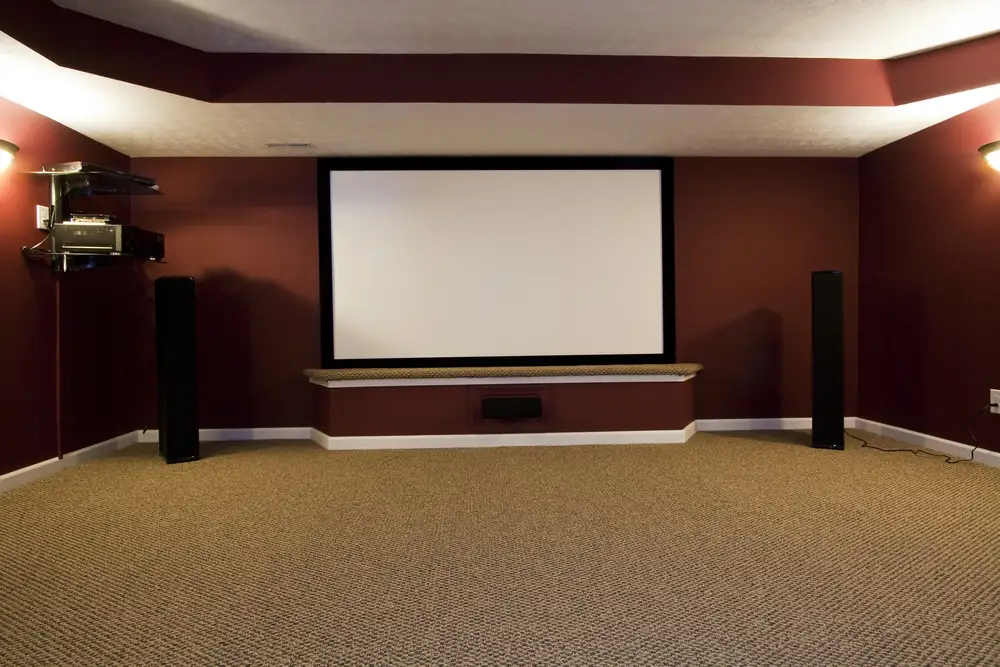
Screen size for your home theater can be calculated as per your seating arrangement and projector specifications. First, the distance between the screen and seating must be evaluated to ensure comfortable viewing angles from the first row itself. Then, take into account the projector throw distance capabilities and resolution with the selected screen size. By calculating the projector specifications with the room layout, you can create the best home theater experience where every audience member enjoys clear, properly scaled images from their seating positions.
For a living room Budget Home Theater Room setup, you can have Television and Projector. So, in time or without making the room darker, if you want to watch something like the News on a small screen, then Television can be used, And OTT Series, Movies, Cricket matches, or any sports can be enjoyed on the Big screen.
Applications like this Motorized projector screen are very helpful. Those can be hidden in the fall ceiling when not in use & and when you click on the batten, it will come down, and your big screen cinema hall is ready. There are many types of motorized projector screens on the wall screen. In the ceiling screen, a tab tension motorized screen as per the application screen can be selected.
Home Theater Speakers for Budget Home Theater Room
In India, there are many well-known international Speaker brands available. Every brand has its own specialty. For example, American speakers give excellent bass out, but they can’t reproduce clear and smooth high and mid frequencies like European speakers. There are many factors, so as per your room size, requirement, and budget, you should select brands and models for your home theater system.
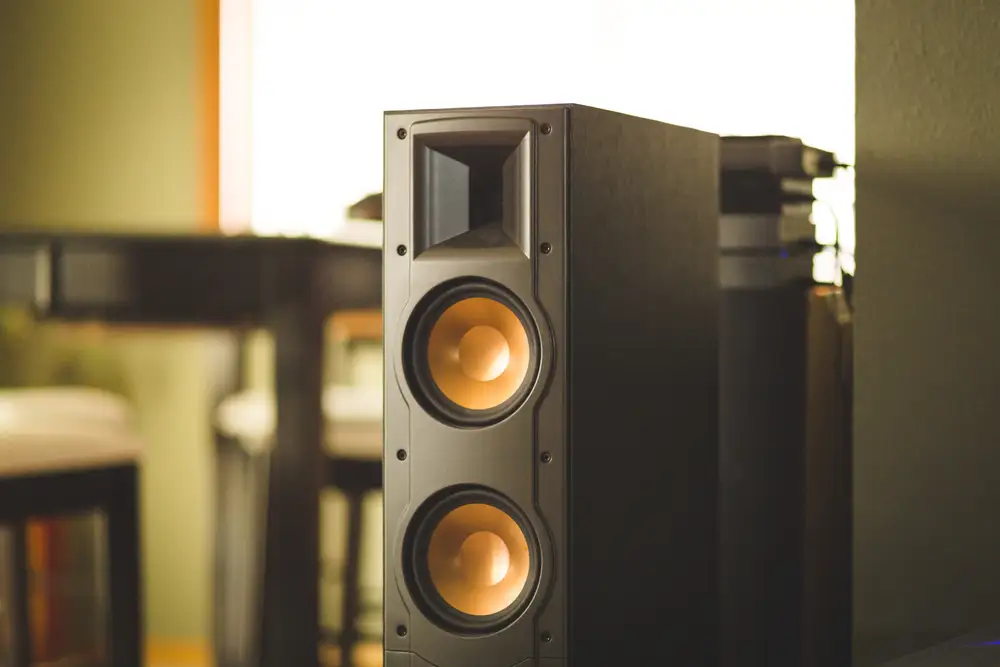
The most common format used in home theater was 5.1 & 7.1. Now, many Movies and TV Series are available in Dolby Atmos. So configurations for Atmos format like 5.1.2, 7.1.2, or 7.1.4 are recommended. So you can have a deep, wide surround sound experience.
In-home theater, every speaker works defiantly. In the movie, any attacking or instrumental sound comes from the Front left & right two speakers. All conversation (vocals) comes from the Center channel speakers, and any action happening in the background (behind) is given by two or four surround speakers; in Dolby Atmos, overhead or ceiling speakers add more overhead effect sound diffusion. To get this experience, you need proper content with your home theater system.
Home Theater Amplifier for Budget Home Theater Room
After selecting speakers, it’s time to select the amplifier. AV Receivers, also called AVRs, are more common in home theater systems. AV Receivers’ work is to take signals from scores like Blu-ray players or media servers and then process and pass video signals to display like Projector or Television and audio to the speakers.
AVRs come in 5.2 Ch, 7.2 Ch, 9.2 Ch, 11.2 Ch, 13.2 Ch & 15.4 Ch Configurations with a max power driver of 150 watts per channel. AV receivers come with many types & numbers of Input and output: HDMI, Optical, Coaxial & XLR. As per your requirement, you can select Audio Video Receiver for Home Theater or Multiroom application. If you want a more delicate and powerful speaker drive, you can use Audio Video Processors with Multi-channel Power amplifiers.
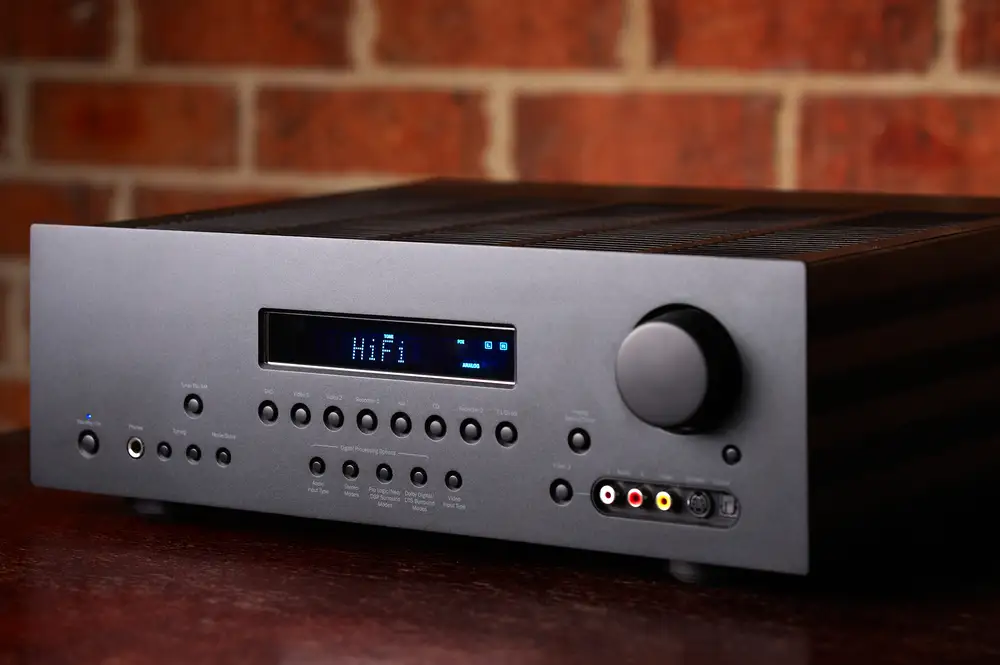
Your speakers should get recommended power from an AV Receiver or power amplifier to deliver optimum surround sound effects. When you use a power amplifier with speakers, you not only compromise on sound quality but also affect the shelf life of your equipment.
Dolby Digital, DTS, Dolby Atmos & DTS:X Master are surround sound formats that allow you to enjoy movies with surround sound. The difference between all is encoding bitrates. Dolby Digital & Dolby Atmos can be encoded at 256kbps to 640kbps, while DTS & DTS:X Master can be encoded at 754kbps to 1.5mbps. Your content with these formats & sources like Blu-ray media stemmer, which decode them properly to get the best surround sound experience.
Cable and Accessories Budget Home Theater Room
Speaker wires play a critical role in home theater performance. As per your speaker configuration, local climate, and distance, you should select speaker cable.

Example: The distance between speakers and amplifier is less than 15 meters, and speaker impedance is 8 ohm, so a minimum of 16 AWG speaker cables should be used.
HDMI cables are available in various versions as per the components they have to select. For example, Sony PlayStation 5 video out is 4K 120Hz & 8K, so your AV Receiver and display (Projector or Television) must support 4K resolution & interconnect between all three should be with HDMI ver.2.1 Cable.
High-End home theater components are very sensitive to electric power supply. In India, except Mumbai, most of the cities have power fluctuation issues, which cause damage to your AV Components. To prevent that, you should use a surge protector or power purifier as per your local conditions, which helps to enhance the lifespan of electronics.
Installation and Setup of Budget Home Theater Room
Home therater Projector Installation
When installing a projector, first, identify the projector throw distance and lens specifications for ideal placement from the screen. Normally, projectors are ceiling-mounted for clear views, but wall mounts or tabletop options can be considered as per room layout.
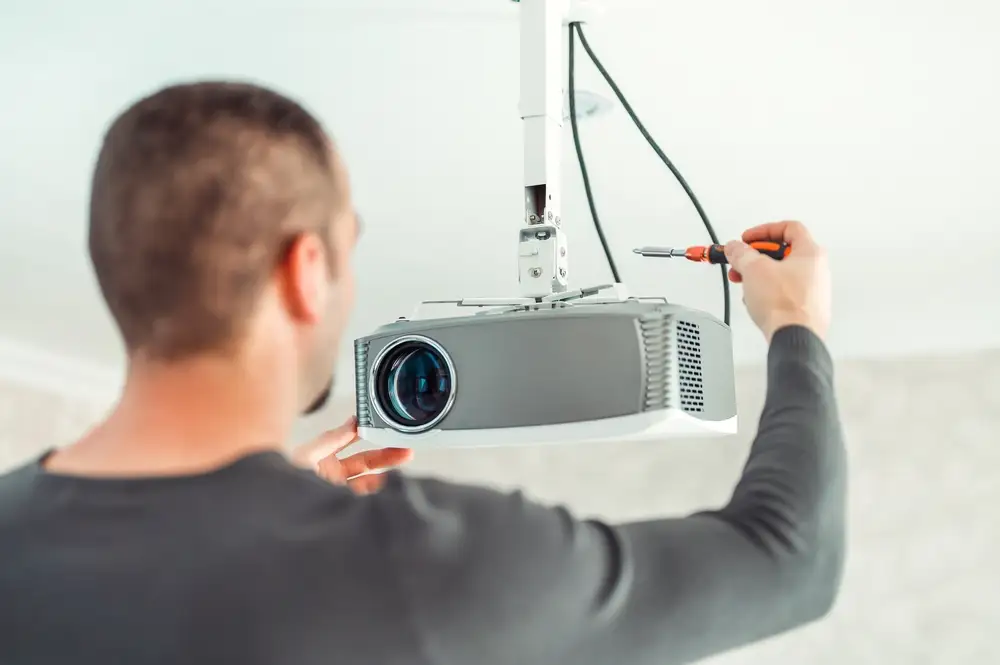
When mounting the projector using a ceiling mount or wall mount bracket, always check the projector Size, Weight & mounting surface as per that projector mounting bracket.
Make sure the projector is lined up perpendicular to the screen and positioned at the right distance to achieve the desired image size and clarity.
Projector setup requires very critical and accurate adjustments. Focus, Zoom, and Keystone correction features of the protector help to achieve those. Focus helps to achieve a sharp and clear image by fine-tuning the projector lens. To adjust the image size without physically moving the projector, the Zoom feature. Sometimes, the projector is not directly in front of the screen, resulting in a trapezoidal shape image. Keystone correction helps to make the picture perfectly rectangular.
Projector calibration is a very conscientious process to achieve excellent image quality with accurate colors. Projector calibration involves configuring color, brightness, and contrast to get the finest video quality.
Home Theater Room Speakers Placement
In a Budget Home Theater Room, front LCR (Left, Center, Right) speaker positioning is crucial for a cinematic audio experience. For the main listening position, these three speakers should be placed at an equal distance. The center speaker is ideally placed below the display to boost vocals’ on-screen sound. The left and right speakers give stereo effects and contribute to a balanced soundstage. Correct positioning of front LCR speakers ensures accurate distribution of audio and enhances the overall cinematic experience in a home theater environment.
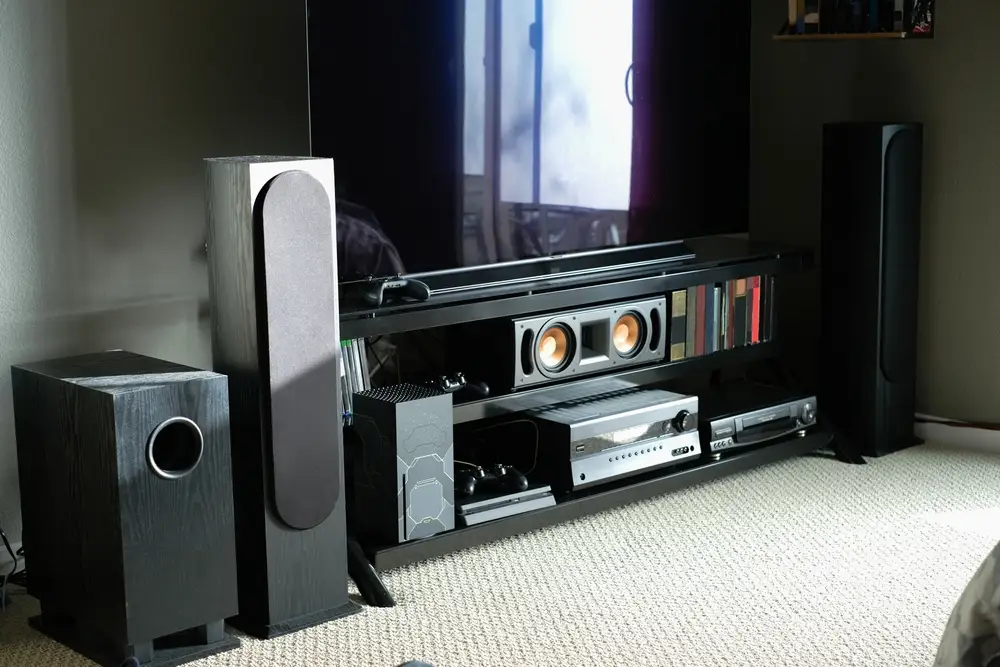
Surround speakers create a three-dimensional soundstage, encircling the person in a more lifelike and dynamic cinematic environment. Surround speakers positioned to the sides or rear of the viewing area give subtle background noises in the heart of the action; surround speakers synchronize with the Front LCR and subwoofer, overall delivering a rich and realistic audio experience in the home theater system.
Overhead speakers, also called ceiling Atmos speakers, are designed to bring an extra dimension to the home theater setup. In Dolby Atmos and DTS:X technologies, these overhead channel speakers are installed in the ceiling to produce sound effects that seemingly come from above, adding a vertical dimension to the surround sound.
AV Receiver Connection and Calibration
Audio Video Receiver is the central hub for audio and video components & speakers in Budget Home Theater Room setup to connect several devices. You can connect sources such as Blu-ray players, set-top boxes, Gaming consoles, and streaming devices Via HDMI, Optical, or Coaxial cables. AVR manages both audio and video signals, and then the AV receiver amplifies the audio signals, distributes them to the connected speaker, and directs video signals to the Television or projector.
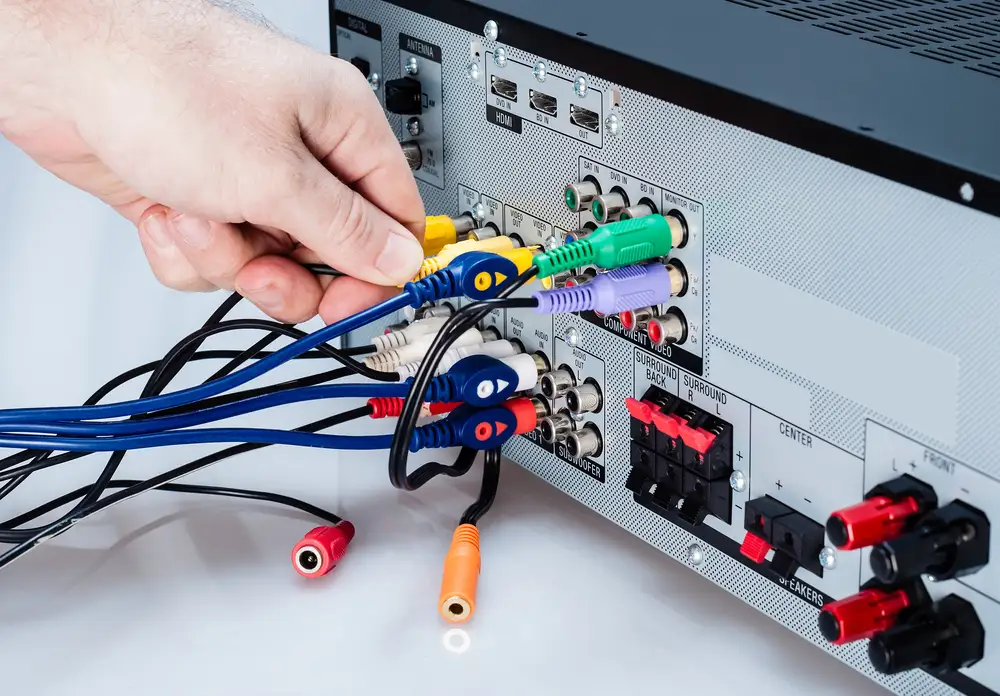
Audio Video Receiver setup and calibration are most important to get the perfect cinematic experience in home theater. By specifying speaker placement, ensuring each speaker is correctly connected as front, center, surround, or height channels. Adjusting audio levels to get a correct soundstage using a Sound Pressure Level (SPL) meter and checking sound effect options like Dolby or DTS modes. Calibration helps to adapt the home theater system to the room acoustics. After adjusting these settings, you can maximize the potential of their home theater.
Escape the Confusion: Your Stress-Free Home Theatre Solution
Fill out the Form Below to Schedule Your Home Theatre Consultation


